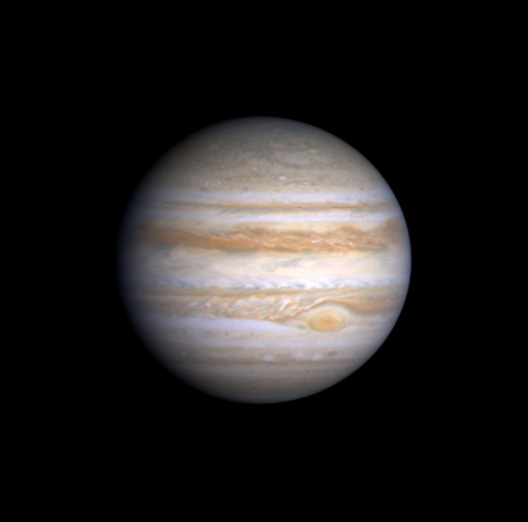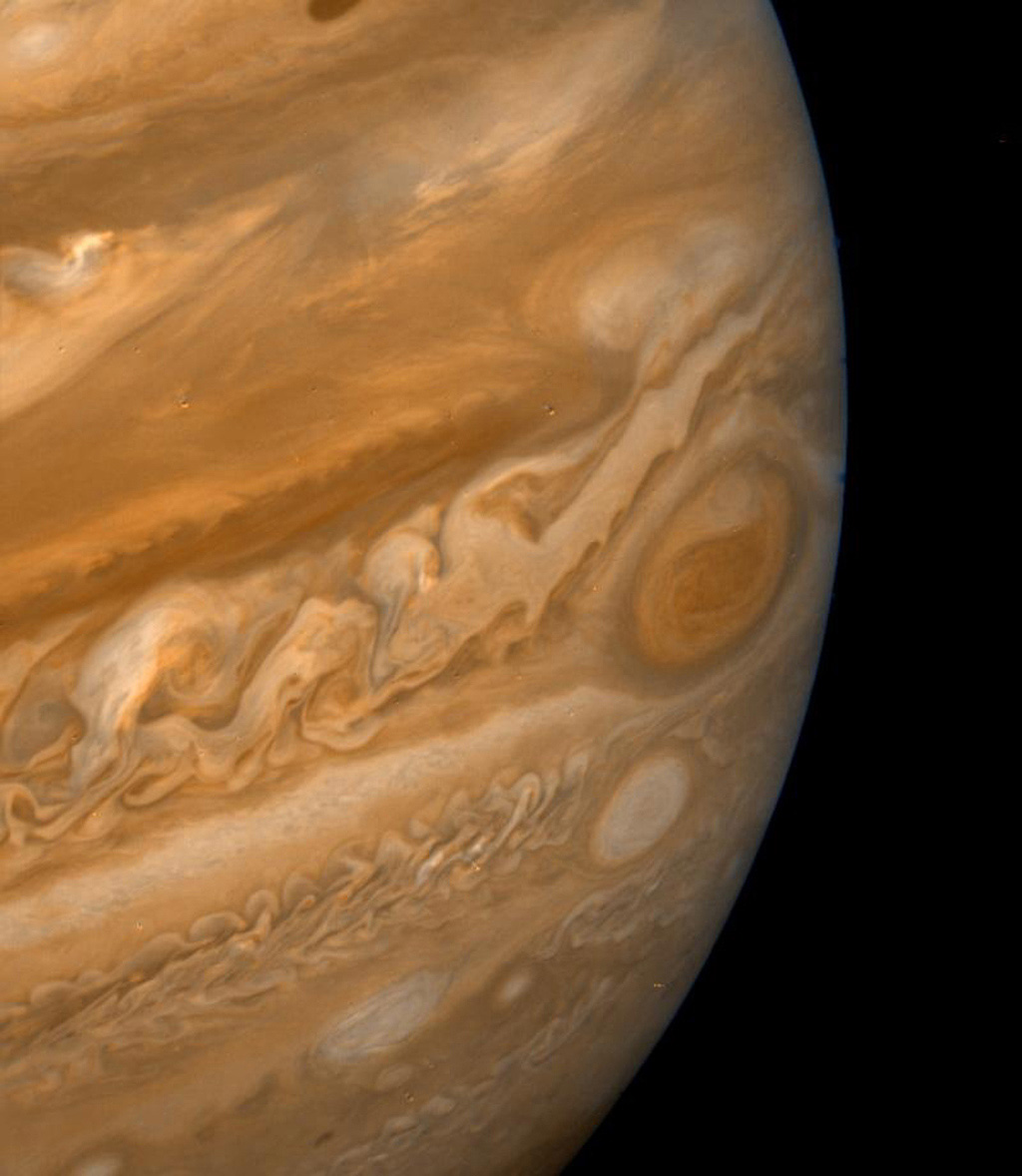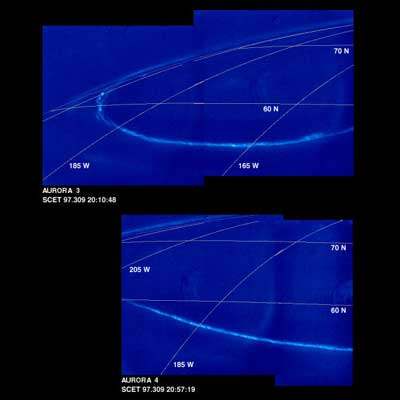8.8: Planet Jupiter
- Page ID
- 244274
\( \newcommand{\vecs}[1]{\overset { \scriptstyle \rightharpoonup} {\mathbf{#1}} } \) \( \newcommand{\vecd}[1]{\overset{-\!-\!\rightharpoonup}{\vphantom{a}\smash {#1}}} \)\(\newcommand{\id}{\mathrm{id}}\) \( \newcommand{\Span}{\mathrm{span}}\) \( \newcommand{\kernel}{\mathrm{null}\,}\) \( \newcommand{\range}{\mathrm{range}\,}\) \( \newcommand{\RealPart}{\mathrm{Re}}\) \( \newcommand{\ImaginaryPart}{\mathrm{Im}}\) \( \newcommand{\Argument}{\mathrm{Arg}}\) \( \newcommand{\norm}[1]{\| #1 \|}\) \( \newcommand{\inner}[2]{\langle #1, #2 \rangle}\) \( \newcommand{\Span}{\mathrm{span}}\) \(\newcommand{\id}{\mathrm{id}}\) \( \newcommand{\Span}{\mathrm{span}}\) \( \newcommand{\kernel}{\mathrm{null}\,}\) \( \newcommand{\range}{\mathrm{range}\,}\) \( \newcommand{\RealPart}{\mathrm{Re}}\) \( \newcommand{\ImaginaryPart}{\mathrm{Im}}\) \( \newcommand{\Argument}{\mathrm{Arg}}\) \( \newcommand{\norm}[1]{\| #1 \|}\) \( \newcommand{\inner}[2]{\langle #1, #2 \rangle}\) \( \newcommand{\Span}{\mathrm{span}}\)\(\newcommand{\AA}{\unicode[.8,0]{x212B}}\)
Jupiter is the largest planet in the solar system; all of the other planets could fit inside Jupiter. One of its major atmospheric features is the Great Red Spot – cyclonic in nature and twice Earth’s diameter. The Great Red Spot was first seen by Galileo in 1610 and has been seen to change shape and color over the past 400 years.
Lightning and thunderstorms have been observed in Jupiter’s upper atmosphere.
Jupiter has some other interesting features, including:
- It gives off more heat than it receives.
- It has a small, dense rocky core surrounded by hydrogen and some helium even though it is primarily a Gas Giant planet. Some speculate the core is solid hydrogen.
- It is a natural radio source, like the Sun and other stars.
- It has aurora events, much like Earth.
Jupiter at a Glance
Characteristics to Compare
Atmosphere
- Hydrogen (H 2 ), Helium (H e ), Methane (CH 4 ), Ammonia (NH 3 ), Water (H 2 O)
Rotation
- Short rotation — 9.8 hours
Revolution
- Long revolution — 11.86 years
Rings
- One thin ring detected by the Voyager 2 spacecraft
Magnetic Field
- A very strong magnetic field; 20,000 times that of Earth’s

The planet Juptier via NASA Cassini SpacecraftPublic Domain | Image courtesy of NASA.

Jupiter’s Great Red Spot via NASA Voyager 2Public Domain | Image courtesy of NASA.

Jupiter’s Great Red Spot with turbulent cloud tops via NASA Galileo SpacecraftPublic Domain | Image courtesy of NASA.

Lightning in Jupiter’s upper atmospherePublic Domain | Image courtesy of NASA.
CC licensed content, Original
- Provided by: Florida State College at Jacksonville. License: CC BY: Attribution

